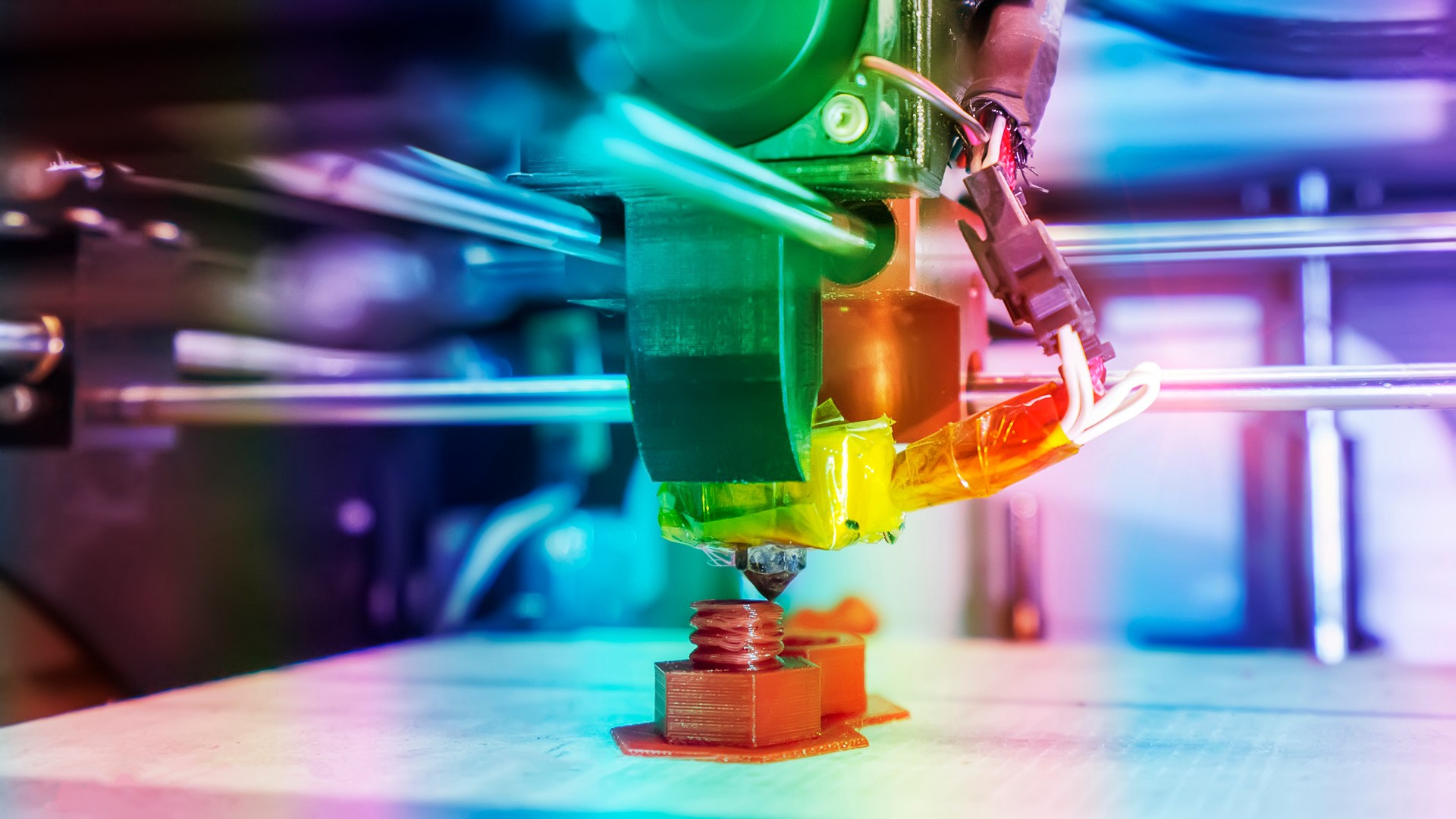The manufacturing sector offers a diverse range of businesses for sale, presenting opportunities for entrepreneurs and investors. These businesses can vary significantly in size, scope, and specialization.
Factors Influencing Manufacturing Business Value:
- Revenue and Profitability: A key factor is the company’s historical and projected financial performance. Strong revenue growth, healthy profit margins, and a stable cash flow are highly desirable.
- Market Position: The company’s market share, competitive advantage, and brand recognition all play a significant role in determining its value.
- Assets and Equipment: The value of the company’s assets, including machinery, equipment, real estate, and inventory, is a crucial consideration.
- Customer Base: A loyal and stable customer base is highly valuable, ensuring consistent revenue streams.
- Management Team: A skilled and experienced management team is essential for the continued success of the business.
Types of Manufacturing Businesses for Sale:
- Food and Beverage Manufacturing: Businesses involved in the production of food and beverages, such as breweries, wineries, and food processing plants.
- Automotive Manufacturing: Companies involved in the production of automotive parts and components.
- Electronics Manufacturing: Businesses involved in the production of electronic components and devices, such as printed circuit boards and semiconductors.
- Textile Manufacturing: Companies involved in the production of textiles, such as clothing, fabrics, and carpets.
- Metal Fabrication: Businesses specializing in the fabrication of metal products, such as steel structures, machine parts, and tools.
Due Diligence and Considerations:
Before making an investment in a manufacturing business, thorough due diligence is essential. This involves:
- Financial Review: Analyzing financial statements, including income statements, balance sheets, and cash flow statements.
- Market Research: Assessing market trends, competitive landscape, and industry growth potential.
- Operational Review: Evaluating the company’s production processes, quality control systems, and supply chain management.
- Legal and Regulatory Compliance: Ensuring the company is in compliance with all relevant laws and regulations.
Acquiring a manufacturing business can be a rewarding investment opportunity, but it requires careful consideration and thorough due diligence. By carefully evaluating the factors outlined above and working with experienced advisors, potential buyers can increase their chances of success.
Disclaimer: This information is for general knowledge and informational purposes only and does not constitute financial, investment, or other professional advice.
Disclaimer: This information is for general knowledge and informational purposes only and does not constitute financial, investment, or other professional advice.






